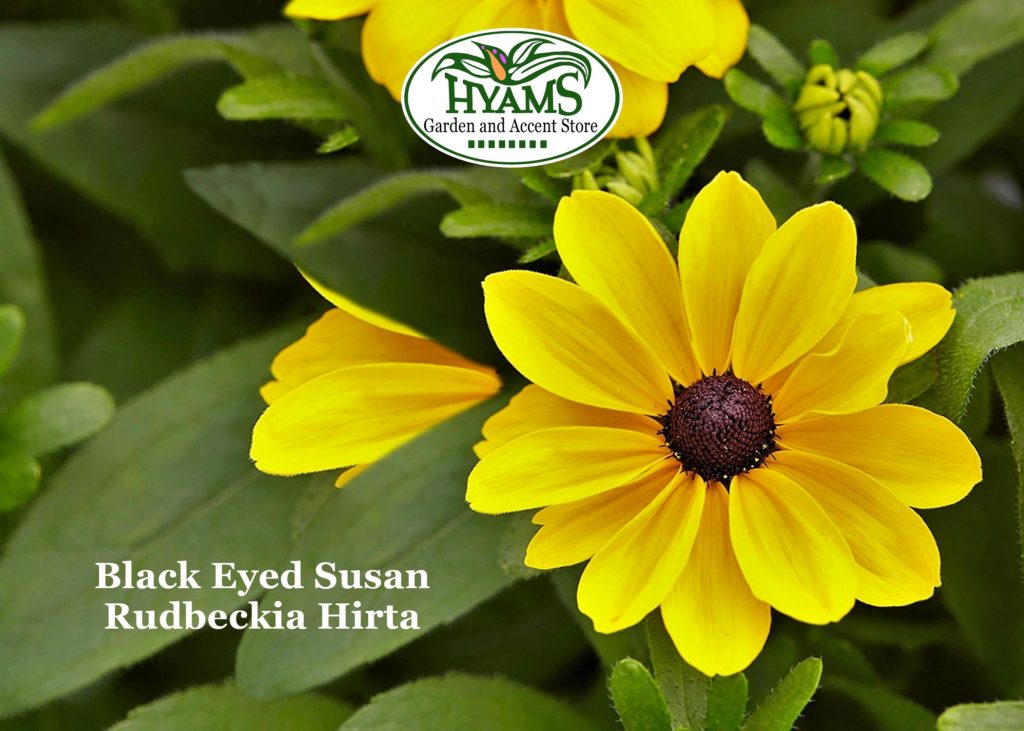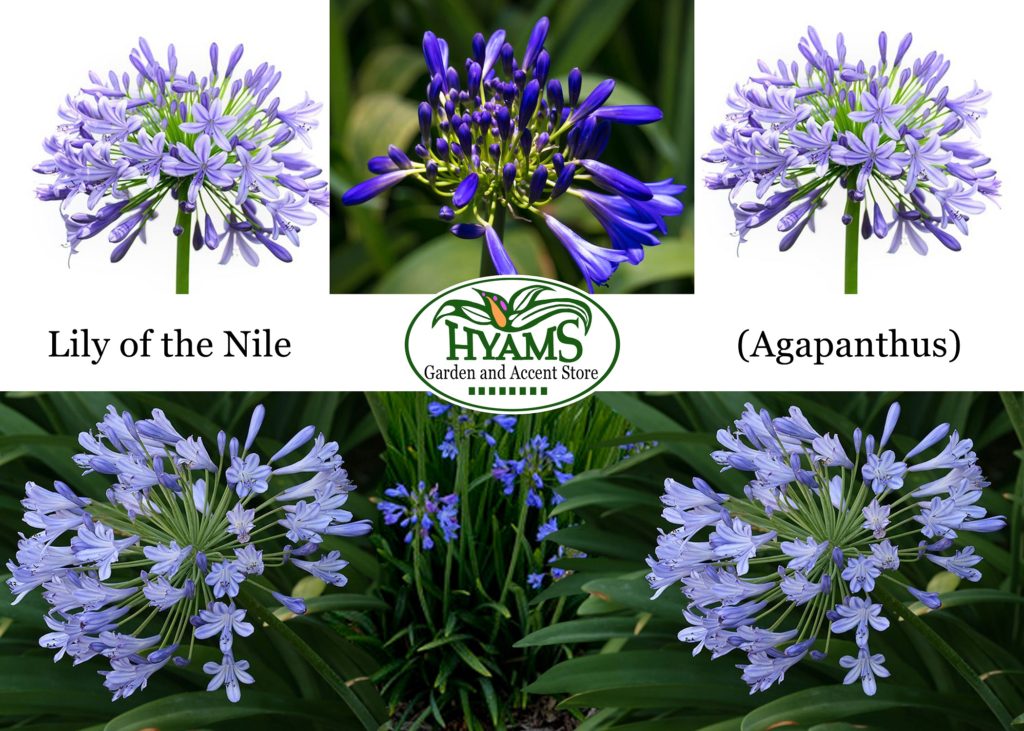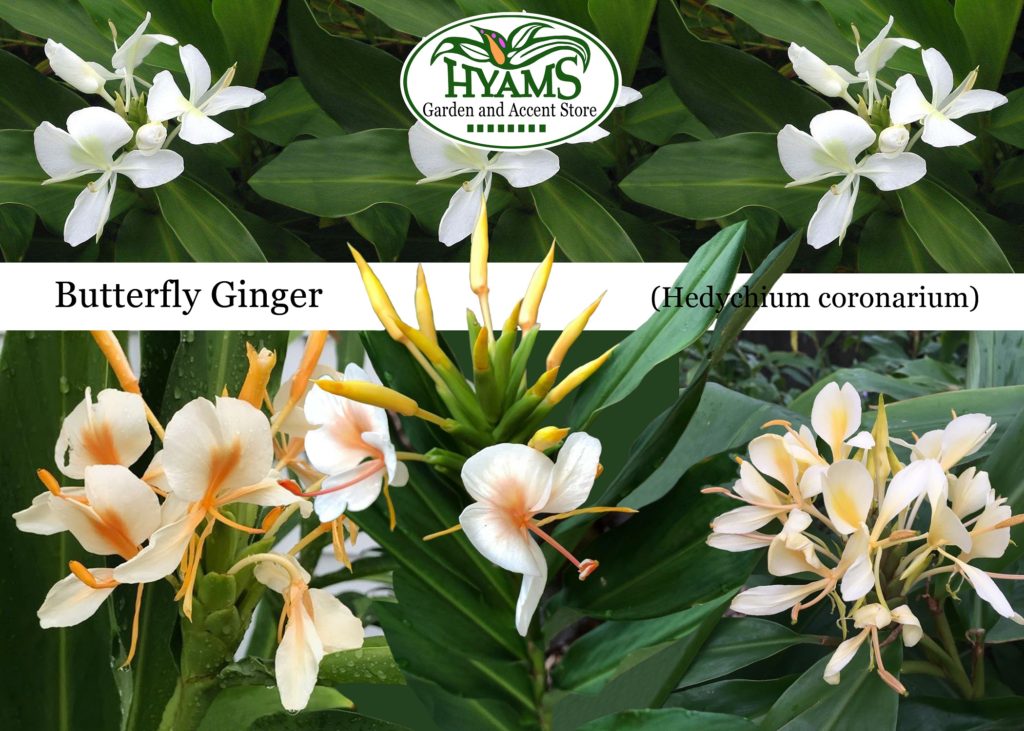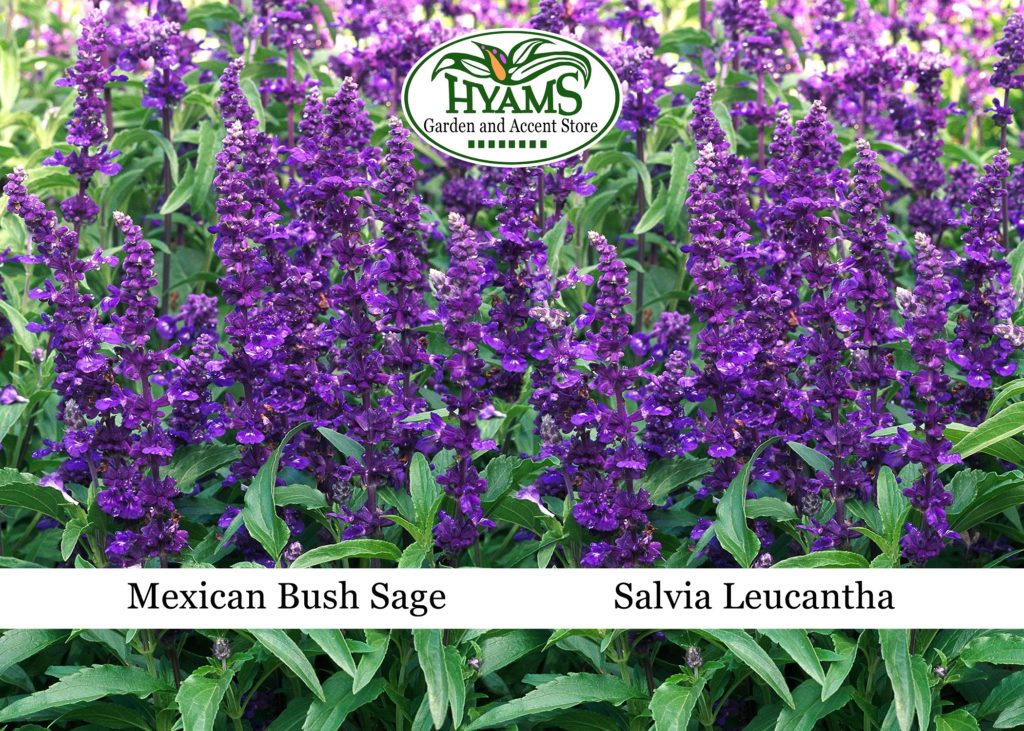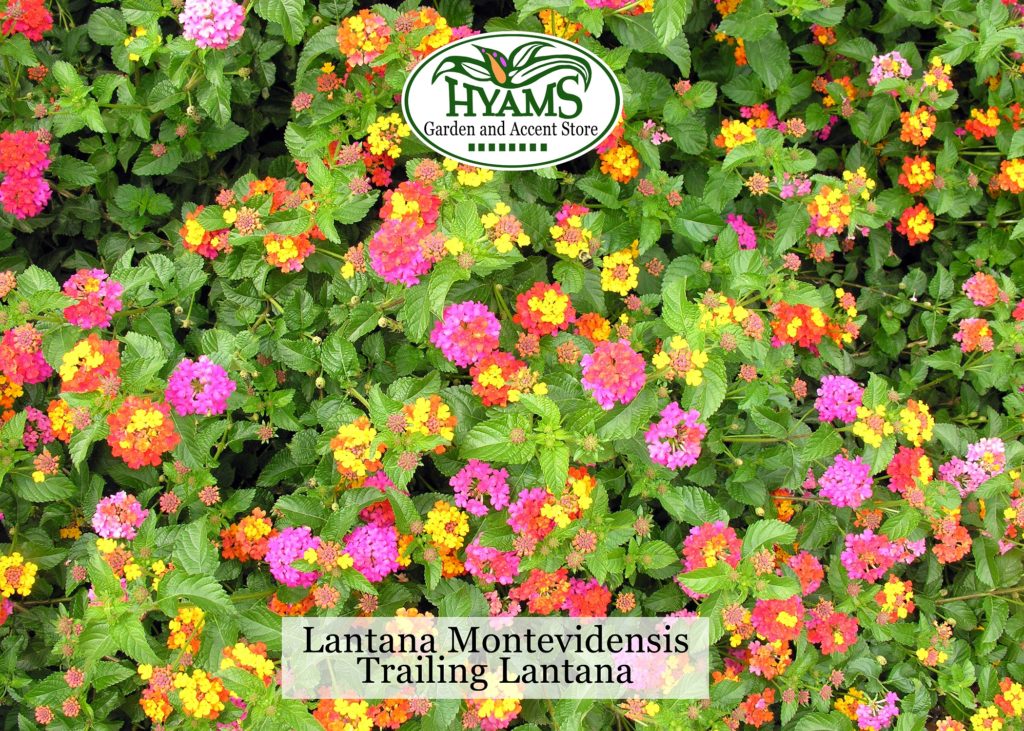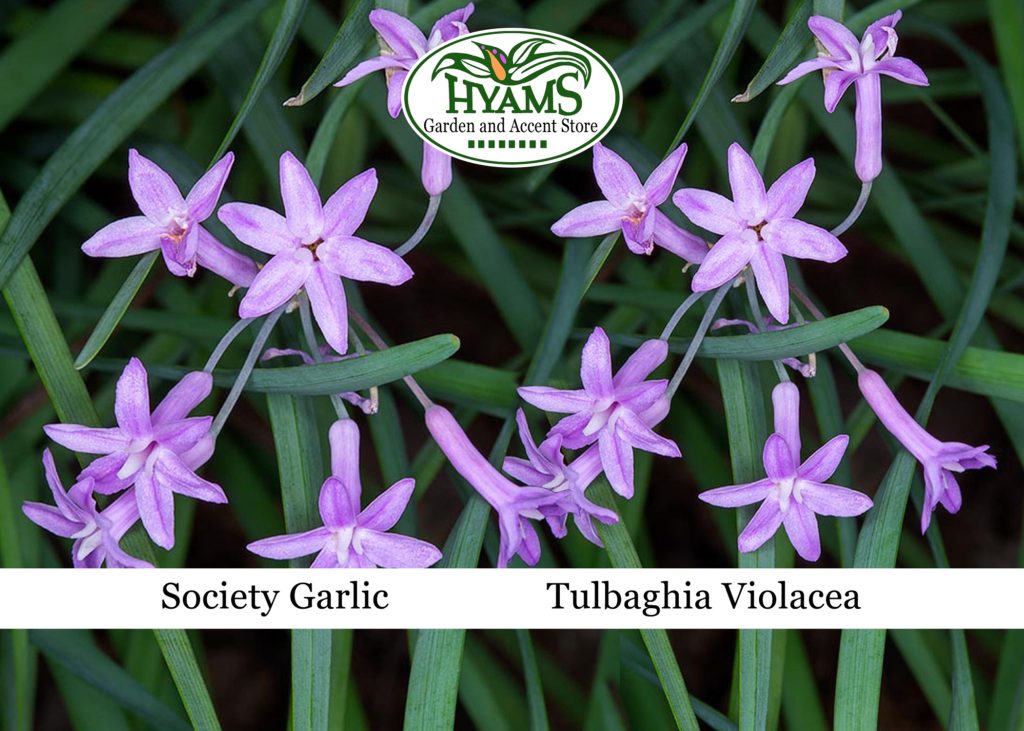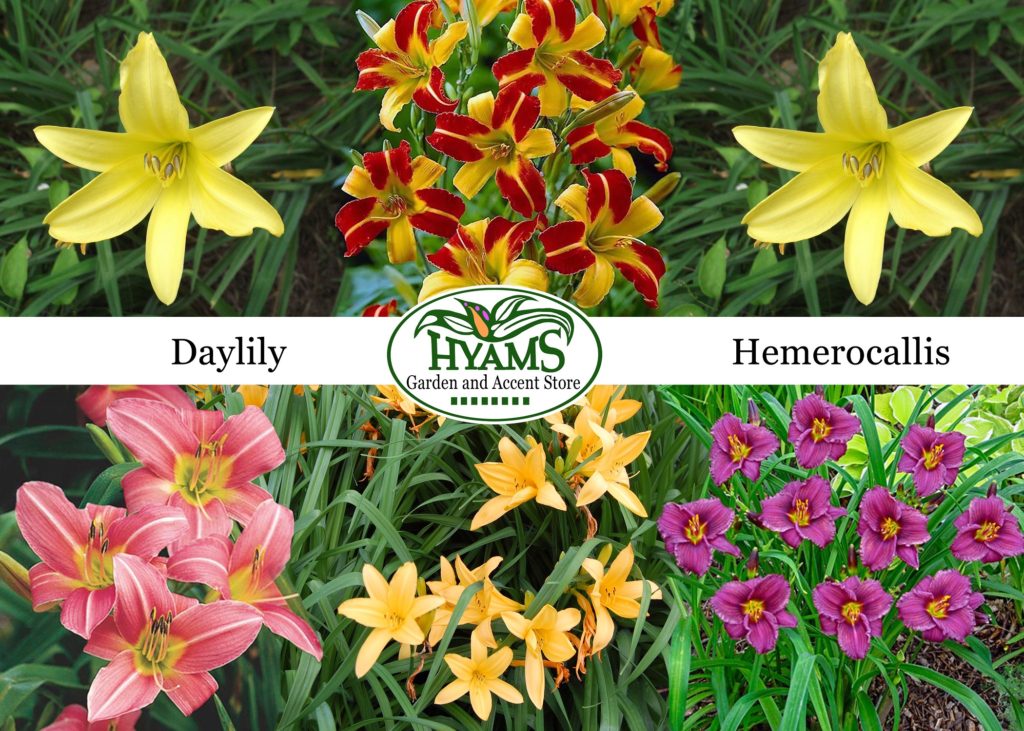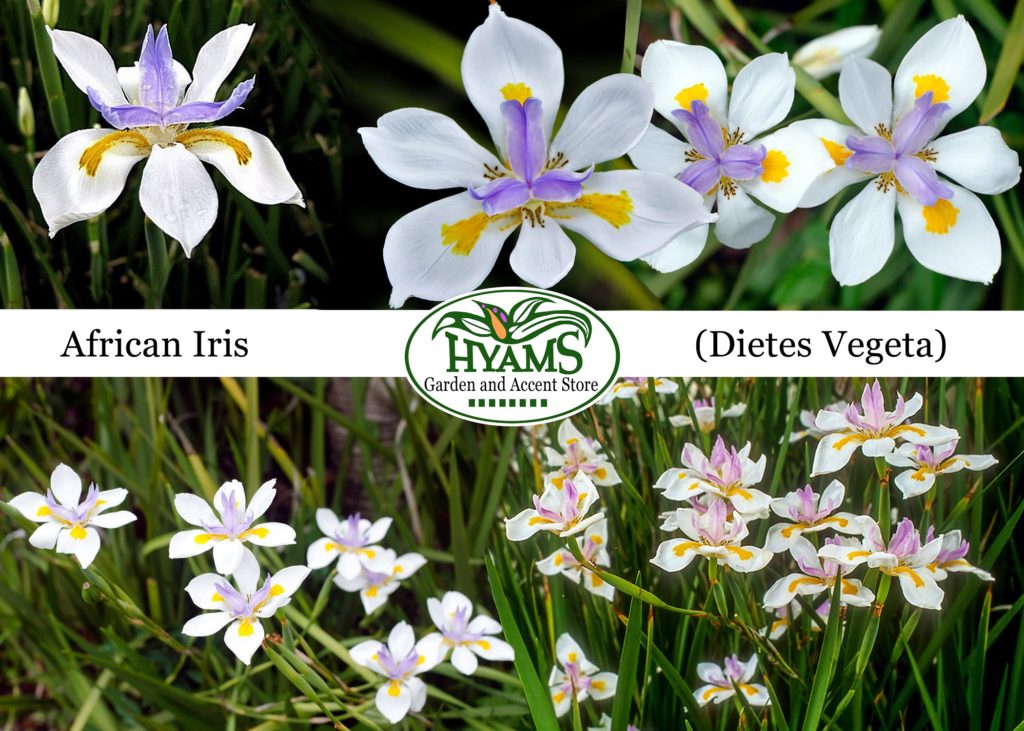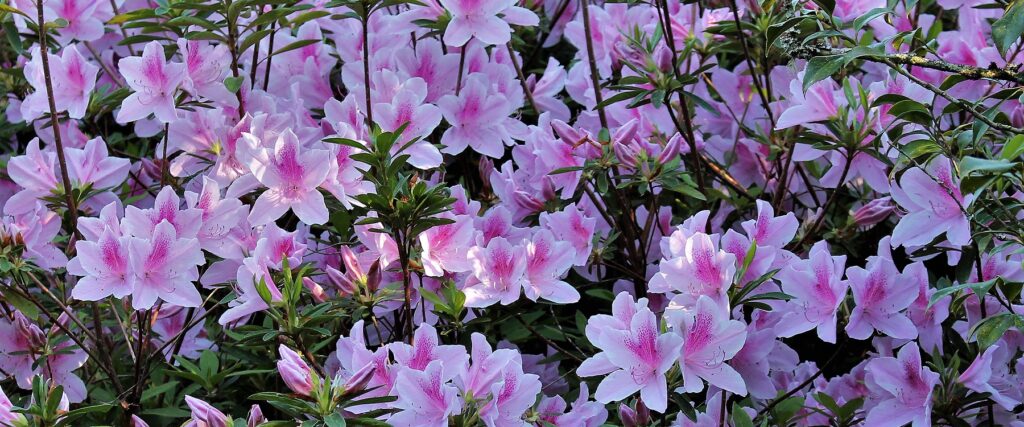The chart below provides quick and easy references for not only which vegetables grow well together, but which to avoid planting together.
| Vegetable | Companion Plant | Don’t Plant Together |
| Asparagus | Tomatoes | None |
| Beans (Bush or Pole) | Celery, corn, cucumbers, radish, strawberries and summer savory | Garlic and onion |
| Beets | Bush beans (not pole beans), cabbage, broccoli, kale, lettuce, onions, garlic | Pole beans |
| Cabbage Family (cabbage, broccoli, kale, Brussels sprouts) | Beets, celery, dill, Swiss chard, lettuce, spinach, onions, potatoes | Pole beans |
| Carrots | Beans, tomatoes | None |
| Celery | Beans, tomatoes, cabbages | None |
| Corn | Cucumber, melons, squash, peas, beans, pumpkin | Tomatoes |
| Cucumber | Beans, corn, peas, cabbage | None |
| Eggplant | Beans, pepper | None |
| Melons | Corn, pumpkin, radish, squash | None |
| Onions | Beets, carrots, Swiss chard, lettuce, peppers | All beans and peas |
| Peas | Beans, carrots, corn, cucumbers, radish, turnip | Garlic, onions |
| Potatoes | Beans, corn, peas | Tomatoes |
| Squash | Corn, melons, pumpkins | None |
| Tomatoes | Carrots, celery, cucumbers, onions, peppers | Corn, potatoes, kohlrabi |
